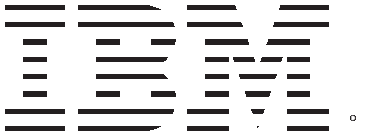Data fabric is an architectural approach that helps ensure quality data can be accessed by the right people at the right time.
In addition to providing a strong foundation for multicloud data integration, 360-degree customer intelligence and trustworthy AI, the data governance and privacy capability of a data fabric strengthens compliance with automated governance and privacy controls, while maintaining regulatory compliance no matter where data resides.
Strong governance makes the right, quality data easier to find for those who should have access to it, while allowing sensitive data to remain hidden unless appropriate. Having insights into your business and customers is a competitive advantage. The Forrester Analytics Business Technographics® Data And Analytics Survey, 2020, found that advanced insights-driven businesses are more likely to have a data governance strategy that involves defining, executing, training, and overseeing compliance than beginner and intermediate firms, to have an executive in charge of their data governance, and to use AI to crowdsource and embed data stewardship in everyday data engagements.
Strong privacy parameters help increase readiness for compliance and data protection anywhere, on-premises or across clouds. They allow businesses to understand and quickly apply industry-specific regulatory policies and governance rules on data wherever it resides.
In this guide, we’ll look at the most common governance and privacy challenges modern organizations face, the building blocks of an effective solution/approach, and the technology components you’ll need to build an automated, integrated data governance and privacy layer across all the data in your enterprise. We’ll also provide helpful resources such as a data governance and privacy trial.


